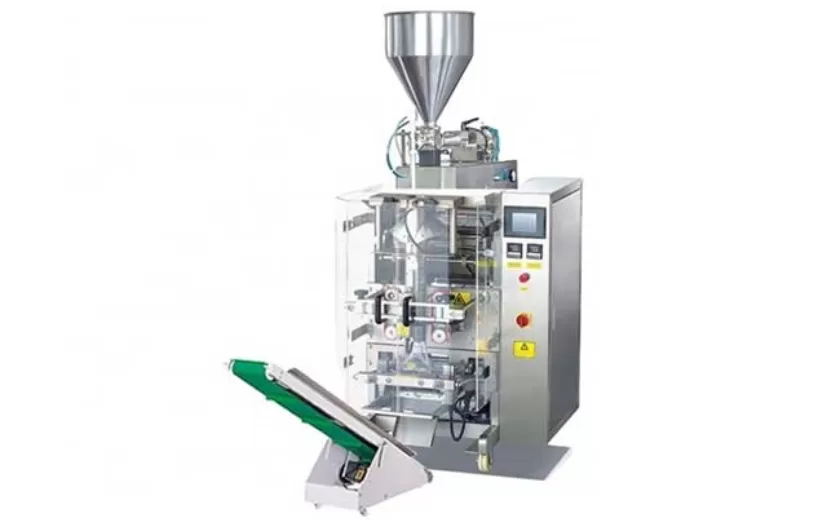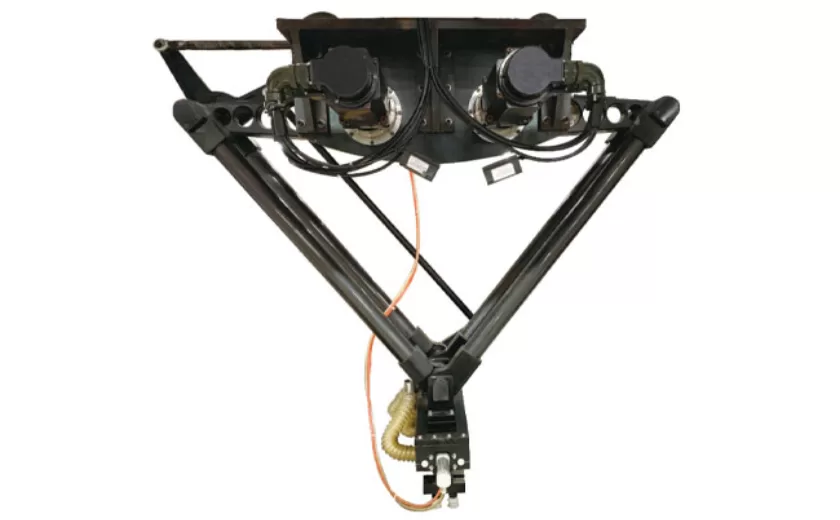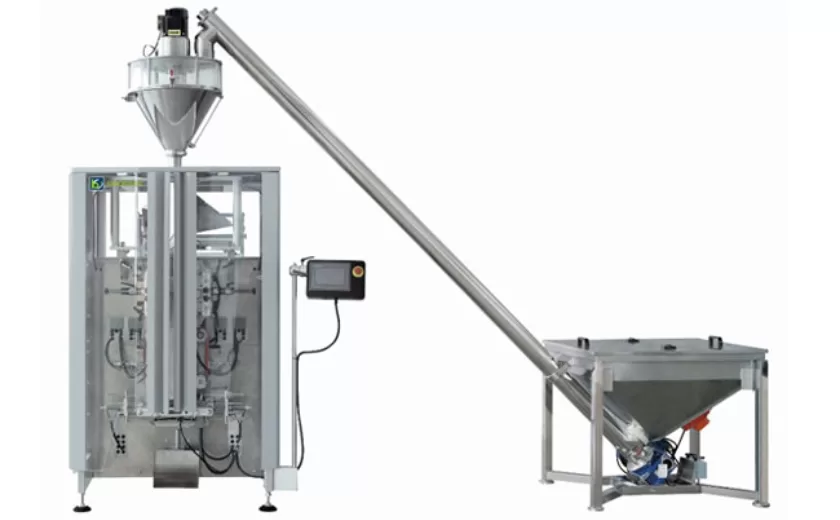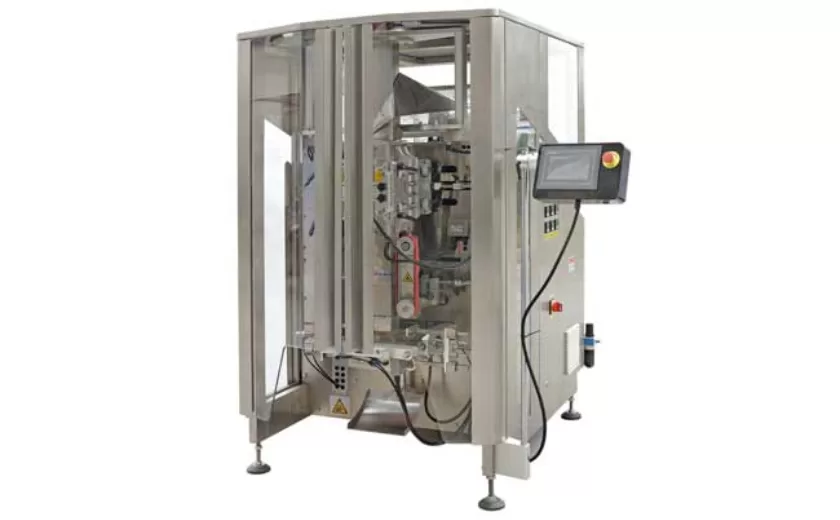How to Train Your Team to Use Multi-Head Weighing Machines Effectively
In today’s competitive manufacturing landscape, maximizing productivity and efficiency is crucial. Multi-head weighing machines offer a cutting-edge solution for improving weighing accuracy, speed, and consistency. However, to unlock the full potential of these machines, it is essential to provide comprehensive training to your team. This article will guide you through the key steps involved in training your team to use multi-head weighing machines effectively.
Understand the Machine’s Functionalities
The foundation of effective training lies in understanding the machine’s functionalities. Begin by familiarizing your team with the machine’s basic components, including its conveyor system, vibrating pan, and weighing heads. Explain the principles of weighing and how the machine utilizes multiple heads to achieve high accuracy and speed. Additionally, cover the machine’s safety features and precautions to ensure operator safety.
Establish Operating Procedures
Clear and standardized operating procedures are crucial for maintaining consistency and quality. Develop detailed instructions covering every aspect of machine operation, from startup to shutdown. Include steps for loading and unloading product, setting target weights, adjusting machine parameters, and troubleshooting common issues. By adhering to these procedures, your team can minimize downtime and ensure the machine operates at peak efficiency.
Optimize Machine Settings
Fine-tuning the machine’s settings is essential for achieving optimal performance. Train your team on the various adjustable parameters, such as vibration amplitude, feed rate, and weighing head sensitivity. Explain how each parameter affects weighing accuracy and how to adjust them based on the product being weighed. Additionally, provide training on data analysis tools that enable the team to monitor machine performance and make informed adjustments as needed.
Maintain and Calibrate the Machine
Regular maintenance and calibration ensure the machine operates reliably and accurately. Train your team on the recommended maintenance schedule, including cleaning, lubrication, and inspection. Provide step-by-step instructions on how to calibrate the machine using certified weights. Emphasize the importance of following the manufacturer’s guidelines and keeping accurate calibration records to maintain traceability and ensure product quality.
Troubleshooting Common Issues
Even with proper training, unexpected issues can arise. Equip your team with the knowledge and skills to troubleshoot common problems. Provide a troubleshooting guide that outlines typical issues, their potential causes, and recommended solutions. Train your team to identify error messages and take appropriate corrective actions to minimize downtime. By empowering your team to address minor issues independently, you can reduce reliance on external support and maintain production efficiency.
Continuous Improvement
Training should be an ongoing process. Encourage your team to provide feedback on the machine’s performance and suggest improvements. Regularly review operating procedures and machine settings to identify areas for optimization. Implement a continuous improvement plan to incorporate innovative techniques and best practices, ensuring your team remains proficient and the machine operates at its full potential.
-
Advanced Packing Solutions: Snacks, Sugar, and Frozen Food Machines
29-10-2025 -
Efficient and Reliable Solutions for Salt, Nuts, and Frozen Dumplings Packing
29-10-2025 -
High-Performance Biscuits, Lollipop, and Ketchup Packing Machines for Modern Food Production
29-10-2025 -
Efficient Liquid Filling and Packing Machines for Modern Production
23-10-2025 -
Reliable Granule Packaging Machines for Efficient Production
23-10-2025 -
Efficient Auger Powder Filling Machines for Accurate Packaging
23-10-2025 -
High-Performance Liquid Filling and Packing Machines for Hygienic Production
10-10-2025 -
High-Efficiency Granule Packaging Machines for Precision and Speed
10-10-2025 -
High-Precision Auger Type Powder Filling Machines for Efficient Packaging
10-10-2025 -
Efficient Vertical Form Fill Seal Packaging Machines for Smart Production
10-10-2025











